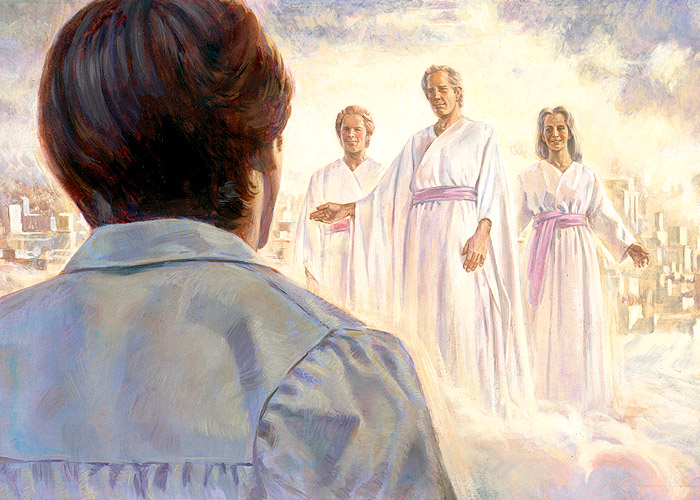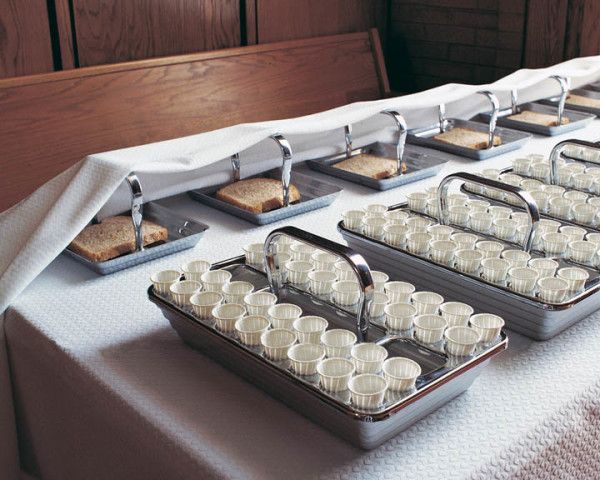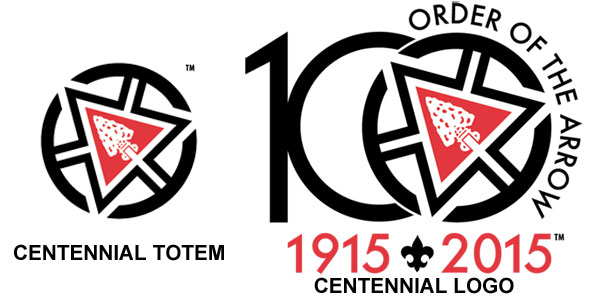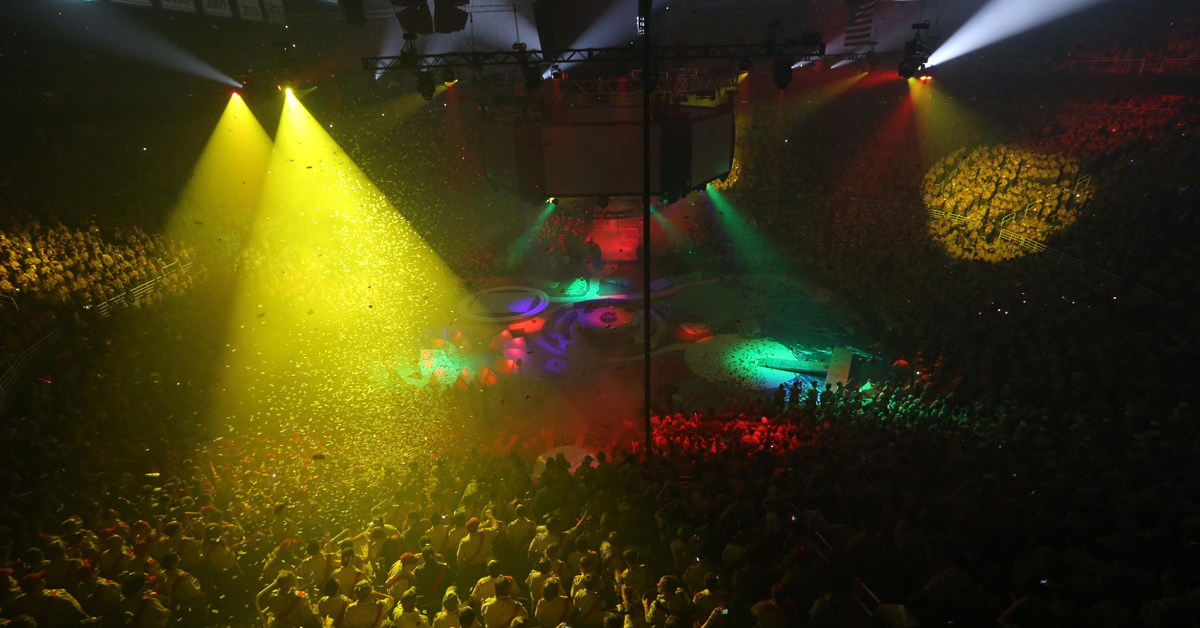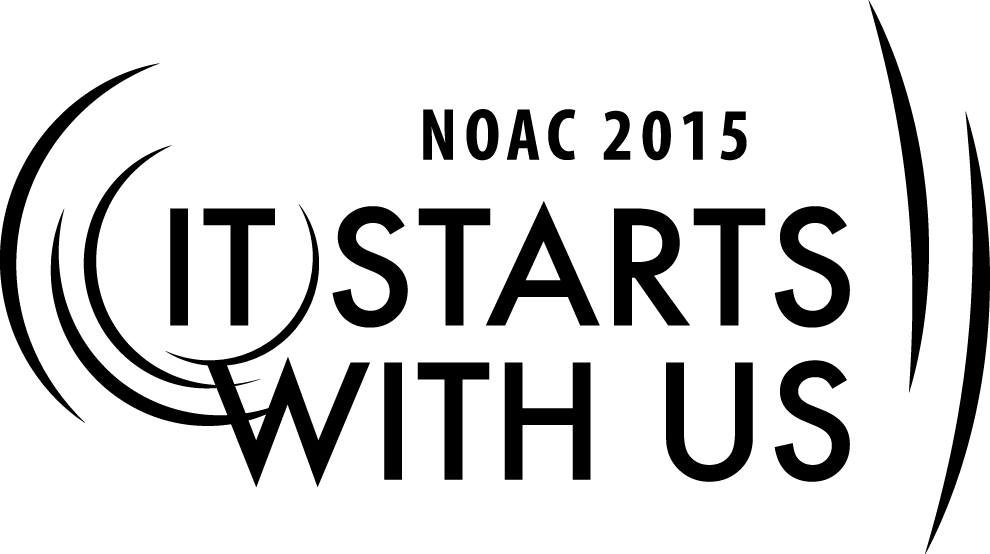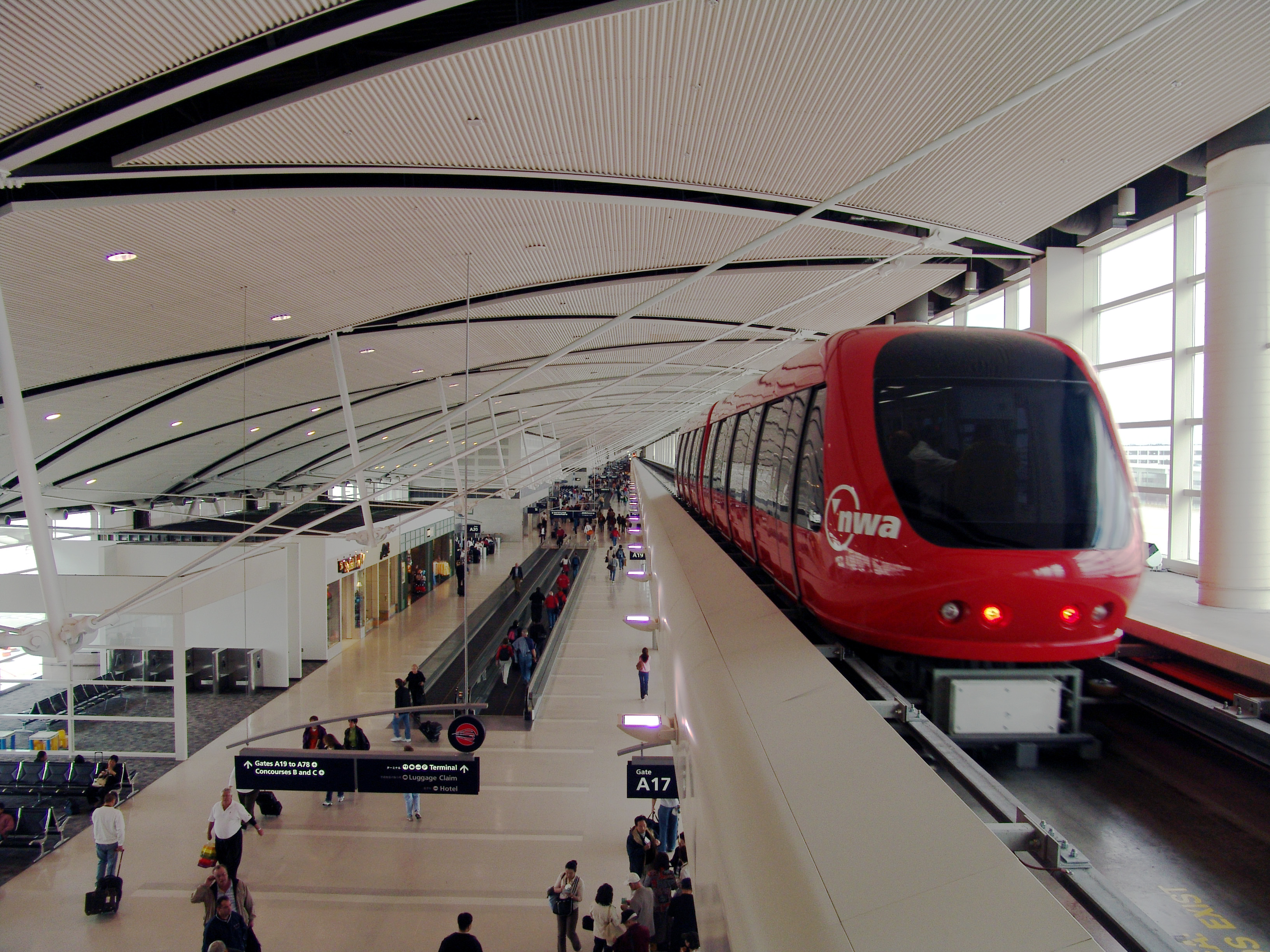The Savior and his apostles had gathered in an upper room for the Passover meal. Although none of those closest to him knew it, they were receiving the final messages the Savior of the World would give to them during the last evening of his mortal life. He expressed frustration that he was unable to give them more. In John 16:12 he said, “I have yet many things to say unto you, but ye cannot bear them now.” They had no idea at the time how carefully the Savior crafted the messages he was giving them.
Among the extremely valuable and important things the Savior did that evening was the institution of a new ordinance. In Matthew 26:26-28 we read:
And as they were eating, Jesus took bread, and blessed it, and brake it, and gave it to the disciples, and said, Take, eat; this is my body. And he took the cup, and gave thanks, and gave it to them, saying, Drink ye all of it; For this is my blood of the new testament, which is shed for many for the remission of sins.
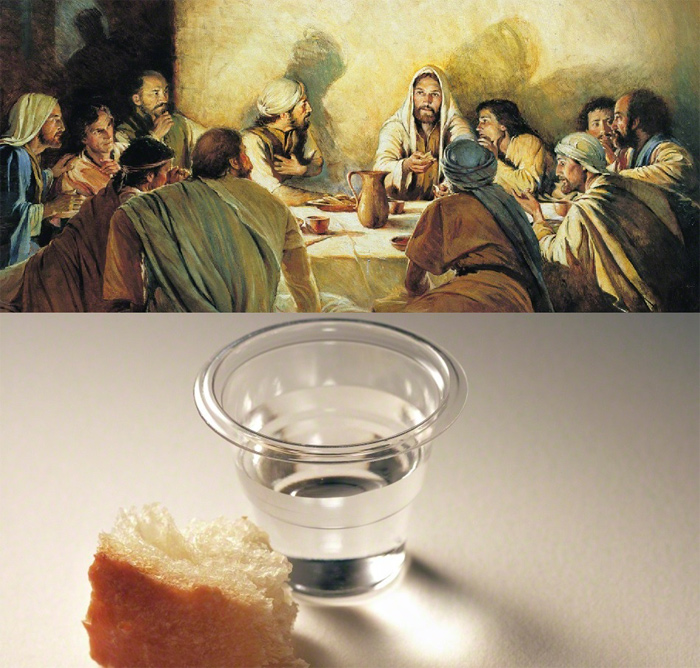 The word testament in this context can also be translated as “covenant.” So on the last evening of his mortal life the Savior instigated a new covenant. The Sacrament of the Lord’s Supper is the symbol of that new covenant.
The word testament in this context can also be translated as “covenant.” So on the last evening of his mortal life the Savior instigated a new covenant. The Sacrament of the Lord’s Supper is the symbol of that new covenant.After the Savior’s resurrection and ascension into heaven, he visited the Nephites. One of the first things he did during this visit was to institute the sacrament. We can read about this in 3 Nephi 18:3-12. Jesus blessed and broke the bread. Then he passed it to his 12 Nephite disciples. They ate "and were filled." They then passed the bread to the multitude (about 2,500 people), who likewise ate "and were filled." In verses 6-7 Jesus explains this ordinance thus:
And this shall ye always observe to do, even as I have done, even as I have broken bread and blessed it and given it unto you. And this shall ye do in remembrance of my body, which I have shown unto you. And it shall be a testimony unto the Father that ye do always remember me. And if ye do always remember me ye shall have my Spirit to be with you.Then Jesus took wine, blessed it, and passed it to his disciples. They "did drink of it and were filled." They then passed the wine to the multitude, "and they did drink, and they were filled." Explaining this ordinance Jesus said in verses 10-12:
And when the disciples had done this, Jesus said unto them: Blessed are ye for this thing which ye have done, for this is fulfilling my commandments, and this doth witness unto the Father that ye are willing to do that which I have commanded you. And this shall ye always do to those who repent and are baptized in my name; and ye shall do it in remembrance of my blood, which I have shed for you, that ye may witness unto the Father that ye do always remember me. And if ye do always remember me ye shall have my Spirit to be with you. And I give unto you a commandment that ye shall do these things. And if ye shall always do these things blessed are ye, for ye are built upon my rock.I don’t know how much bread and wine the Savior dealt out during that first sacramental service in the Americas. But when the scripture tells us that those that partook of it were filled, I feel that it was talking about something other than being physically filled. It was talking about being filled with the Holy Spirit (see 3 Nephi 20:9), as is promised in each of the sacramental prayers (see D&C 20:77, 79).
Performing this sacred ordinance once wasn’t enough. The next day the Savior again administered the sacrament to the Nephite multitude (see 3 Nephi 20:3-9). Moroni explains in Moroni 6:6 how this pattern continued among the faithful after that: "And they did meet together oft to partake of bread and wine, in remembrance of the Lord Jesus."
Since the introduction of this sacred ordinance, Christians around the world have regularly observed the Sacrament of the Lord’s Supper. Most Christian churches call this ordinance communion, since they also call other ordinances sacraments. However, to members of the Church of Jesus Christ of Latter-day Saints, this ordinance is so sacred and important that we traditionally refer to it as The Sacrament, meaning that it holds a special holy place in our worship.
Ordinance and covenant
The sacrament is more than simply a reminder that Jesus has delivered us from being captives of the devil, although, this is how some Christians seem to view the ordinance. It is a covenant experience, a reminder and a renewal of the covenants the Lord has permitted us to enter into with Him.
In the April 2015 general conference, Elder David A. Bednar said:
Ordinances and covenants are the building blocks we use to construct our lives upon the foundation of Christ and His Atonement. We are connected securely to and with the Savior as we worthily receive ordinances and enter into covenants, faithfully remember and honor those sacred commitments, and do our best to live in accordance with the obligations we have accepted. And that bond is the source of spiritual strength and stability in all of the seasons of our lives.While covenants offer power in this life, they are also the essential building blocks of eternity. Everything that exists in the Celestial Kingdom exists by covenant. All relationships that will exist beyond this life will exist by covenant (see D&C 132:7).
Amazingly, the Lord graciously offers to enter into eternally binding covenants with us here in this life. We are the only church on the face of the earth that understands the doctrine of divine covenants.
Sacrament symbolism
The Lord uses many methods to teach us. But when he enters into sacred covenants with us, he always does so through sacred ordinances that are rich in symbolism. We see this symbolism in the temple. But we should also recognize it in our weekly partaking of the sacrament. Let's consider some of the symbolism we might see in the sacrament.
Passover. The sacrament reminds us of the Passover, when the destroying angel passed over the Egyptian homes of the Children of Israel, after they marked their door posts with the blood of the sacrificial lamb (see Exodus 12:21-24).
Sacrificial lamb. The lamb that was sacrificed for the Passover was required to be unblemished, the firstling of the flock. Jesus Christ was the First Born of the Father, the unblemished Lamb of God. He was the the sacrifice given so that the destroyer might pass us over. Moreover, he was sacrificed at Passover, becoming the ultimate Passover sacrifice.
Sin offering. Anciently a sin offering was regularly made to compensate for the sins of the people (see Leviticus 4:31-35). As we take the sacrament each week, we should look to Jesus Christ as our sin offering.
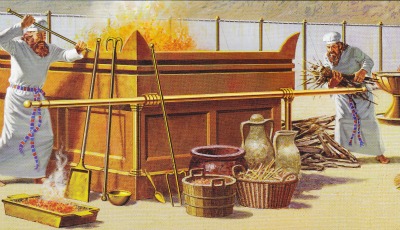 Sacrament table. Throughout history, sacred covenants were made at altars reared up to the Lord. Sacrifice has always been part of the covenant process. Ancient prophets sacrificed at altars. Under Moses' direction the Children of Israel built an altar in conjunction with the tabernacle in the wilderness. Finally a more permanent altar was consecrated at the temple in Jerusalem.
Sacrament table. Throughout history, sacred covenants were made at altars reared up to the Lord. Sacrifice has always been part of the covenant process. Ancient prophets sacrificed at altars. Under Moses' direction the Children of Israel built an altar in conjunction with the tabernacle in the wilderness. Finally a more permanent altar was consecrated at the temple in Jerusalem.All of the sacrifices and covenants made on these ancient altars before Jesus Christ carried out his all encompassing Atonement prefigured and looked forward to that Atonement.
The sacrament table at the front of our chapel may look nearly the same as the clerk’s table on the other side of the chapel. But when we have sacrament meeting, the sacrament table becomes a sacred altar where we make and renew covenants.
After the Savior carried out the Atonement, He commanded that his followers discontinue the practice of sacrificing animals. We are now commanded to offer up the sacrifice of "a broken heart and a contrite spirit" (3 Nephi 9:19-20) in order to gain access to His great sacrifice.
Therefore I command you to repent—repent, lest I smite you by the rod of my mouth, and by my wrath, and by my anger, and your sufferings be sore—how sore you know not, how exquisite you know not, yea, how hard to bear you know not. For behold, I, God, have suffered these things for all, that they might not suffer if they would repent; But if they would not repent they must suffer even as I; Which suffering caused myself, even God, the greatest of all, to tremble because of pain, and to bleed at every pore, and to suffer both body and spirit—and would that I might not drink the bitter cup, and shrink—Nevertheless, glory be to the Father, and I partook and finished my preparations unto the children of men.
Through the very visual act of tearing the bread apart, we are supposed to understand something about the body of Jesus Christ. We are supposed to gain an understanding that he willingly allowed his body, the very body of God, to be torn apart to pay the price for our sins—for my sins, for your sins.
The Apostle Paul wrote in 1 Corinthians 6:20 that we were “bought with a price.” Elder Jeffrey R. Holland once said, “What an expensive price and what a merciful purchase!”
Wine (water). We now use water instead of wine to represent the blood that Jesus shed for us in Gethsemane and on the cross (see Luke 22:20, 44; Matt 26:28; 1 Corinthians 11:26).
Cup. The small cup from which we drink the sacramental water is round. The circle has long been a symbol of eternity, since it has no beginning or end. We might think about the eternal nature of our covenant with Deity as we drink from the cup.
Partaking of emblems. The partaking of the emblems of the sacrament is the execution of the covenant. It is akin to signing a contract. The sacramental prayers (D&C 20:77, 79) outline the terms of the covenant.
We covenant to:
- Be willing to take upon our selves the name of Christ—to act as His representatives.
- Be willing to keep the commandments of God. (By the way, the word "willing" gives me a lot of hope.)
- Always remember our Savior Jesus Christ.
- Grant His Spirit to always be with us. This is no trivial blessing. It is essentially God's acknowledgement that we are His and He has a place for us in His eternal kingdom.
White cloth covering emblems. I think there are different useful ways we can look at the symbol of the white linen cloth that covers the emblems of the sacrament. As we see the linen cloth covering the symbolic blood and body of our Savior, we might be reminded of the Savior's burial shroud, which covered his literal flesh and blood sacrificed for us.
As the priests fold back the linen cloth to uncover the emblems of the sacrament, we might be reminded of the Savior laying aside the burial shroud at his resurrection. As the emblems of the Savior's mortal remains rise up off the sacrament table when the priests hand the trays to the deacons, we might be reminded of the Savior's resurrected body rising from the slab in the tomb. We might remember that because of His sacrifice and resurrection, each of us will be resurrected in a glorified eternal body.
The linen cloth could also remind us of fire. Ancient sacrifices were always consumed by fire on the altar. Perhaps we could think of the sacrament trays being returned to the altar of the sacrament table as if they were carrying our sins, which are then laid on the altar. As the priests cover the trays, we might think of the fire of the Savior's Atonement consuming and carrying away our sins.
When we burn something on an altar, we do not expect to see it again. So it should be with the sins we sacrifice to the Lord. We should not expect to see them again. We shouldn't seek to retain or wallow in them. We shouldn't continue to punish ourselves for them. Christ has already paid that price so that we don't have to.
More. There is a great deal of additional symbolism in the sacred ordinance of the sacrament. I think the Lord wants us to make it our lifelong duty to search out and increasingly understand the significance of that symbolism. After all, we engage in this ordinance more often than any other ordinance in the church. Ponder about why that is.
Sacrament meeting
President Joseph Fielding Smith called sacrament meeting “the most sacred, the most holy of all the meetings in the church.” Elder Jeffrey R. Holland said:
Perhaps we do not always attach that kind of meaning to our weekly sacramental service. How “sacred” and how “holy” is it? Do we see it as our passover, remembrance of our safety and deliverance and redemption?
With so very much at stake, this ordinance commemorating our escape from the angel of darkness should be taken more seriously than it sometimes is. It should be a powerful, reverent, reflective moment. It should encourage spiritual feelings and impressions. As such it should not be rushed. It is not something to “get over” so that the real purpose of a sacrament meeting can be pursued. This is the real purpose of the meeting. And everything that is said or sung or prayed in those services should be consistent with the grandeur of this sacred ordinance.Church leaders have recently reminded us that this ordinance should be the central feature of our Sabbath Day observance. Everything else we do in sacrament meeting—indeed, everything else we do on the Sabbath Day—is or should be merely an appendage to this ordinance.
So what can I do and what can you do to make this ordinance and this meeting as sacred as it should be? For starters, we need to understand that the sacrament is designed to be something we actively engage in physically, mentally, and spiritually. In the sacramental prayers we promise to remember. That’s an active thing. There are lots of things we can remember about the Savior and our relationship with Him.
In his masterful October 1995 general conference talk, Elder Jeffrey R. Holland provides a thought provoking (but not exhaustive) list of things we could remember as part of our covenant. I'm sure that with a little consideration, each of us could readily add to that list.
If we are just passively going through the motions of the sacrament, we’re doing it wrong. Our engagement in the sacrament needs to be intense and personal. We need to be engaged with the Spirit of the Lord. If you are out of the habit of this level of engagement, I invite you to repent.
I have been the father of small children, so I understand that some with young children might find it challenging to be as engaged in the sacrament as they would like to be. Do your best under the circumstances and I promise that you will be blessed. Those of us that aren’t wrangling small children might consider ways in which we can help parents of small children have the opportunity for spiritual engagement during this sacred ordinance.
We also ought to avoid activities that detract during sacrament meeting. In his April 2015 general conference talk, Elder Dallin H. Oaks said:
If the emblems of the sacrament are being passed and you are texting or whispering or playing video games or doing anything else to deny yourself essential spiritual food, you are severing your spiritual roots and moving yourself toward stony ground. You are making yourself vulnerable to withering away when you encounter tribulation like isolation, intimidation, or ridicule.In addition to the sacrament ordinance, everything we do in sacrament meeting needs to focus on Jesus Christ. Elder Quentin L. Cook recently asked us if we would give the sacrament meeting back to Jesus Christ, to whom the meeting should belong. Elder Jeffrey R. Holland also said:
One request Christ made of his disciples on that night of deep anguish and grief was that they stand by him, stay with him in his hour of sorrow and pain. “Could ye not watch with me one hour?” he asked longingly (Matthew 26:40). I think he asks that again of us, every Sabbath day when the emblems of his life are broken and blessed and passed.The talks we give in sacrament meeting should focus on Heavenly Father and Jesus Christ. Jesus should get more than a passing mention in the last five seconds of the talk before saying Amen. Our music should focus on the Savior. Our prayers should focus on the Savior and His gospel. Even our announcements should focus on the Savior. This is His meeting. He is graciously giving us an opportunity to partake of His Spirit in this meeting.
A couple of months ago a newer couple in our ward spoke in sacrament meeting. Their talks covered various topics, but those topics revolved around the Savior and His place in their lives. This family's example provides a wonderful model that each of us should follow each time we give a talk or bear a testimony in sacrament meeting.
Contrasting experiences
I wish to close by mentioning two different sacrament meeting experiences involving the same hymn. Many years ago in a sacrament meeting our congregation sang the hymn I Know That My Redeemer Lives. This hymn has a wonderful message, but it continuously repeats the phrase "He Lives" in order to make its main point.
Shortly into the song, a few of our Mutual boys began singing "He Lives" very loudly each time it appeared in the lyrics. Only they weren’t singing it in a manner of praise, but in a manner of mocking. They were soon joined by others, including boys and girls, until a somewhat large number of those that minutes earlier covenanted to take upon themselves the name of Christ were mocking Him in the very meeting that should have been dedicated to worshiping Him.
There was a lot of chuckling as this was occurring. I know that this experience can be chalked up to teenager hijinks. But to me it was a spiritually painful experience. It still wince in my spirit when I think about it. I am reminded of when Spencer W. Kimball corrected a hospital orderly that took the name of the Lord in vain by kindly saying, "Young man, please don't say that. He's my best friend. I love Him more than anything in this world."
On a different occasion, when I was in my early twenties, as the congregation sang I Know That My Redeemer Lives, the true message of the lyrics flowed into my spirit in a way that I cannot humanly describe. I truly knew with every fiber of my being that Jesus Christ lives and loves me to the end. It was a powerful, worshipful moment that still energizes me more than 30 years later.
Conclusion
Brothers and Sisters, will each of you join with me in recommitting yourself to make the ordinance of the sacrament a sacred and holy reminder of the Savior, His Atonement, and our covenants with Him each time we participate in the sacrament? Will you join with me in making Jesus Christ the central figure in everything we do in sacrament meeting and in our Sabbath worship? Will you open your heart to Him each Sabbath and let him in? Will you join with me in giving our sacrament meetings and our Sabbaths back to Jesus Christ?
I testify that as you do this, the Holy Ghost will be a closer companion to you, you will more fully receive the light that God wishes to pour into your soul, you will gain a closer relationship with Heavenly Father and Jesus Christ, and you will think and act more like Jesus Christ. In the name of Jesus Christ, Amen.
